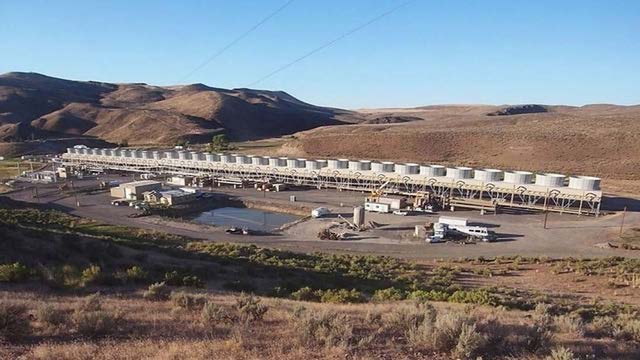Assessing Geothermal Energy Potential
- February 20, 2020
- Carol Winkel

The Pacific Northwest is literally a hotbed of geothermal activity. Part of the so-called Ring of Fire, an area of volcanoes and seismic activity, with hot spots deep within the Earth's mantle, the region is a prime location for geothermal energy.
According to the U.S. Department of Energy's Office of Energy Efficiency and Renewable Energy, "Geothermal resources are reservoirs of hot water that exist at varying temperatures and depths below the Earth's surface. Mile-or-more-deep wells can be drilled into underground reservoirs to tap steam and very hot water that can be brought to the surface for use in a variety of applications, including electricity generation, direct use, and heating and cooling. In the United States, most geothermal reservoirs are located in the western states."
The Council will be assessing geothermal as a resource option in its upcoming 2021 regional power plan. At its February power committee meeting, Energy Policy Analyst Gillian Charles briefed the committee on the estimates of the cost, performance, and developmental potential of geothermal energy. Determining realistic characteristics of a given technology are used as inputs into the Council's modeling.
The region currently has 50 megawatts of installed capacity across four projects: River Raft I in Southern Idaho; Neal Hot Springs in Malheur County, Oregon; Paisley in Lake County, Oregon; and the Oregon Tech campus in Klamath Falls, which is heated by a geothermal combined heat and power plant.
Geothermal energy is a renewable, clean resource that can provide reliable, baseload power at low, predictable operating costs. But, it requires high upfront capital investment to explore sites that may or may not be productive. The cost of exploration and initial testing of a geothermal site can be 30 to 60 percent of the total cost of the project. Advances in drilling technology over the next decade should help unlock this resource's potential.
For the Council's regional plan, staff is proposing binary-cycle conventional geothermal technology as the reference plant to model because of its modularity, lower temperature, and environmental advantages.
Next Steps
Review of generating resources and potential emerging technologies at upcoming power committee meetings.
Follow the development of the 2021 regional power plan and stay tuned.



